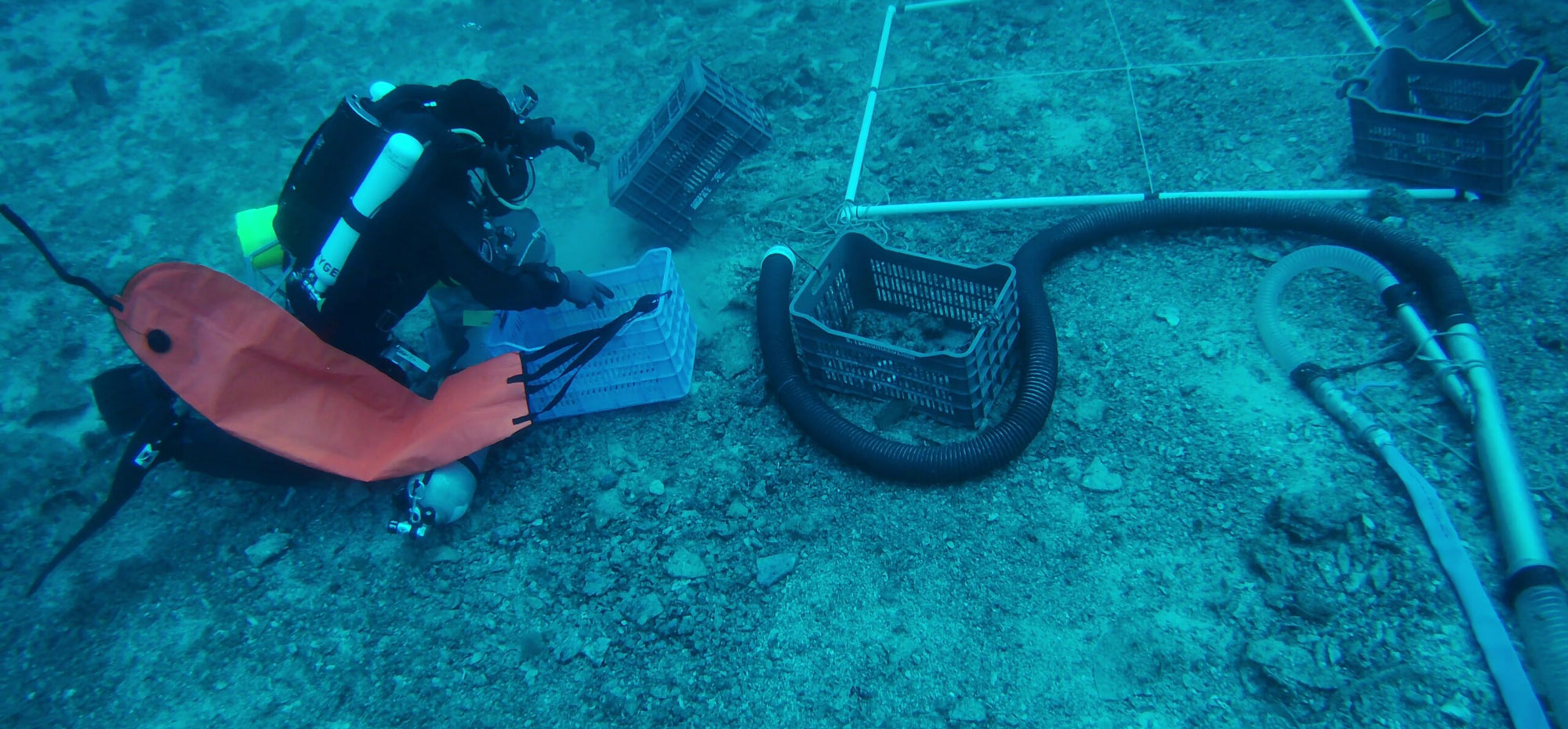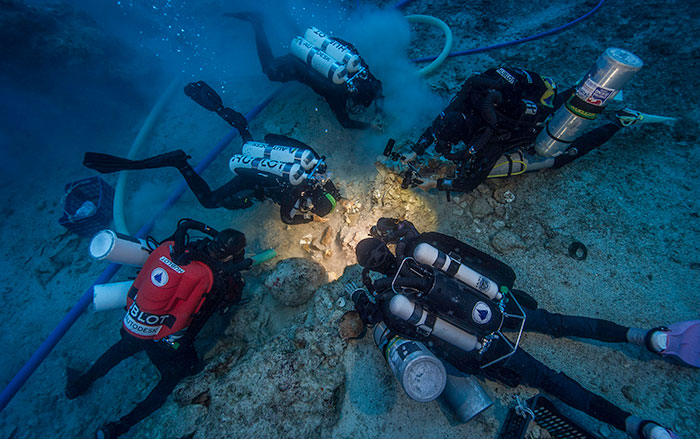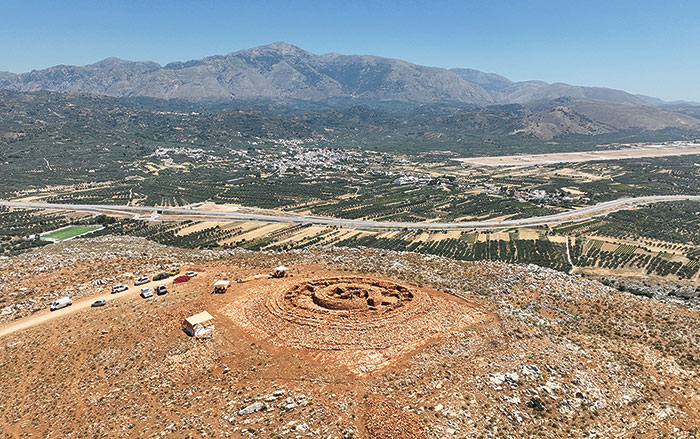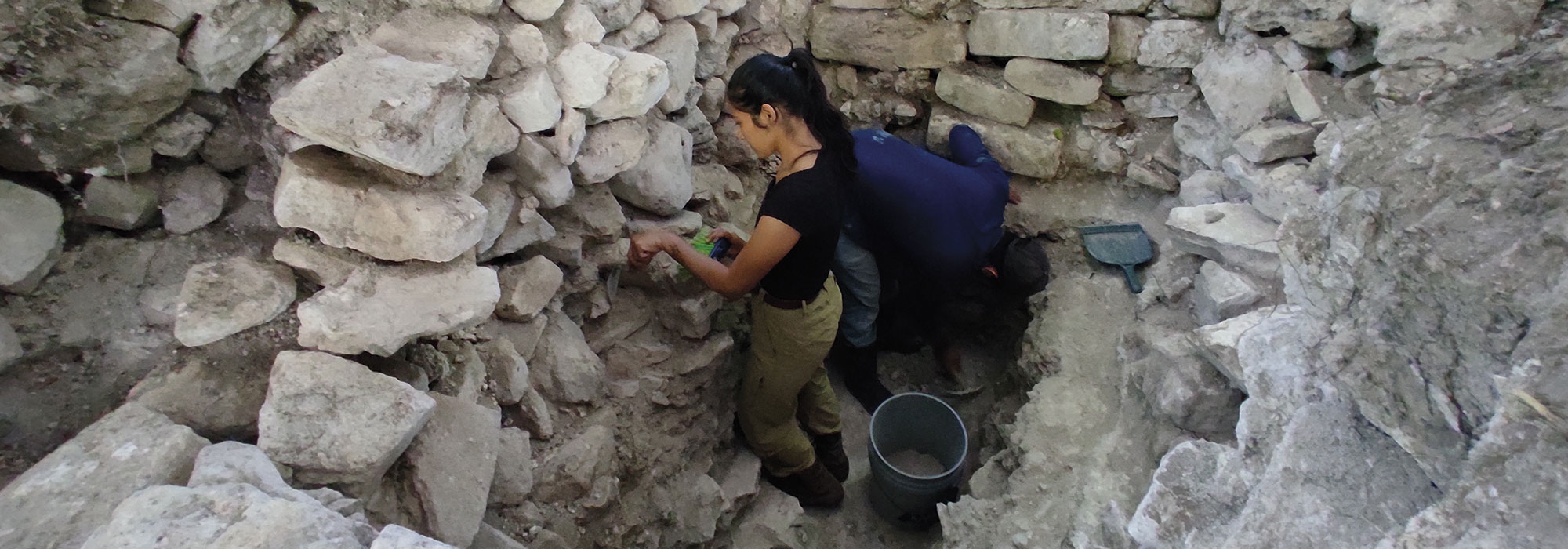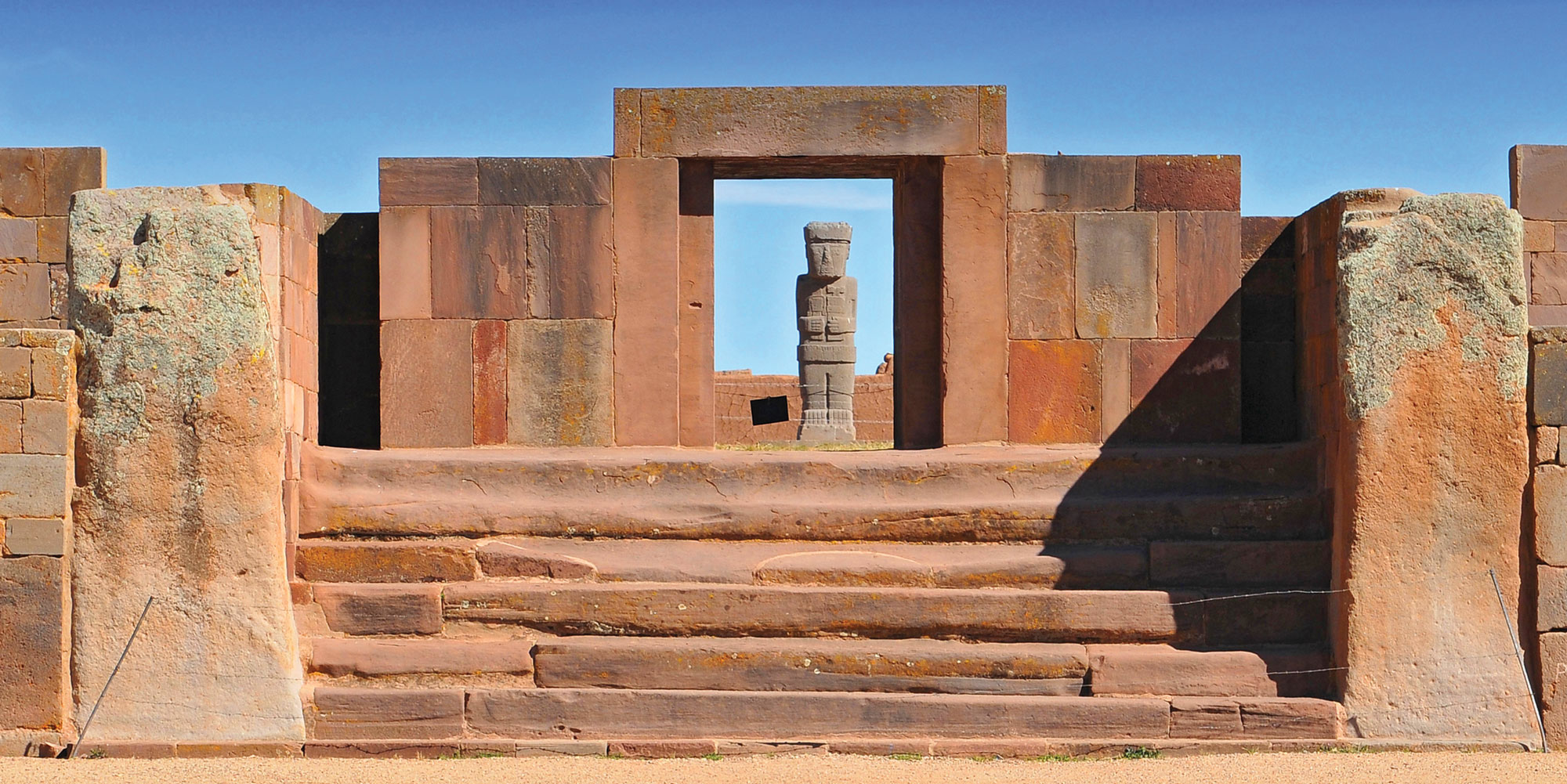
ANTIKYTHERA, GREECE—Archaeologists have carried out new excavations at the site of the ship that was carrying one of the world’s oldest scientific instruments among its valuable cargo of marble sculptures, ceramic vessels, and other items from the east to Greece, according to a statement released by the Swiss School of Archaeology in Greece (ESAG). The most extraordinary discovery the underwater team made was a portion of the ship’s hull preserved in excellent condition still in its original position from when the vessel sank in the first century b.c. “This allows us to better understand the ship’s construction characteristics that had remained elusive until now, but also to determine the precise location and orientation of the wreck,” says University of Geneva archaeologist Lorenz Baumer. The site of the wreck was first discovered off the island of Antikythera in 1900 by sponge divers who pulled up 82 fragments of the famous Antikythera Mechanism, an ancient Greek astronomical calculator, a year later. To read more about the Antikythera wreck, go to "Antikythera Man," one of ARCHAEOLOGY's Top 10 Discoveries of 2016.


